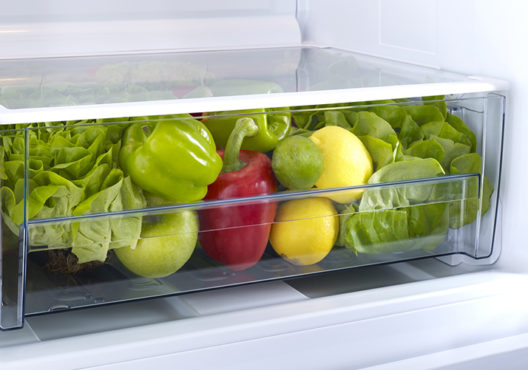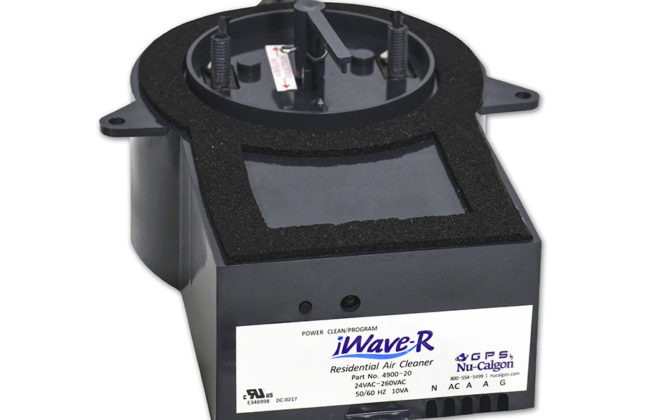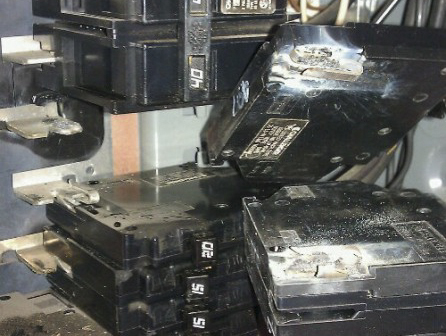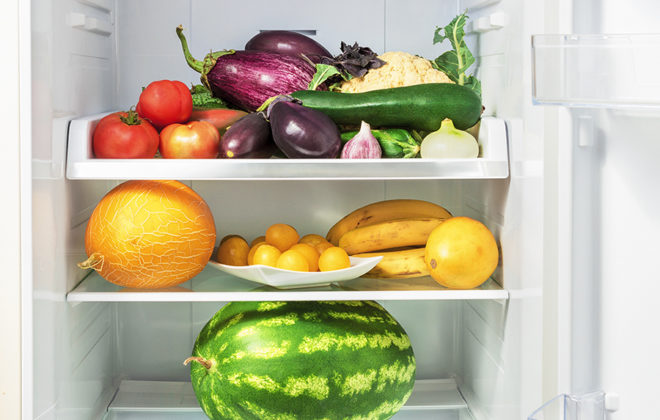How Do Humidity Drawers in Refrigerators Work?
The price of produce has risen extensively in the last several years. This situation makes proper preservation of your produce paramount, and this can be accomplished with a proper humidity drawer. What is a humidity drawer? What does it do to protect the produce in your refrigerator? Here you will learn about this money-saving feature. A humidity drawer is one of the most worthwhile, cost-effective features that you can look for in your research on refrigerators.
What is a Humidity Drawer?
A humidity drawer is a compartment in your fridge that regulates the amount of humidity your produce receives. There are different humidity needs for different types of produce. You may have heard the humidity drawer referred to as a crisper drawer. Humidity drawers keep the produce in your fridges fresh for a longer period of time, which saves you money and effort to replace produce which has gone bad.
Different Moisture Needs for Different Types of Produce
Deciding how to use the humidity drawer in your refrigerator to store your produce is the most important lesson to learn. In general, fruits need drier conditions, so they must be separated, preferably removed from the humidity drawer because not only do they begin to ripen, then break down. During this process, the fruit emits ethylene gas which causes vegetable produce in your fridge to spoil.
One solution to this problem is to find a refrigerator model that has separate produce drawers which can be controlled independently, depending on the humidity needs of the produce stored in each drawer. In some situations, removal of certain fruit from the refrigerator altogether is the best course of action. Multiple crisper drawers give the owner the power to separate foods that cause each other to spoil.
Tips From the Pros on How To Preserve Your Produce
Michigan State University Extension has put together this list of how best to employ the use of your crispers and humidity drawer, as well as how to preserve many types of produce in general.
- Vegetables tend to appreciate high-humidity conditions with leafy greens faring best in high-humidity conditions. Fruits do better in less-humid circumstances.
- Fruits and vegetables with thinner skins need conditions which are a bit less humid than other produce..
- Of all of the fruits, Citrus prefers the least humid conditions of all. These should be stored in the refrigerator, but outside of the crisper drawer.
- Crisper drawers allow the owner to sequester foods that cause each other to spoil. This saves money on produce, as you experience less spoilage. The culprit in this scenario, wreaking havoc on your produce is called ethylene gas, which is released when some fruits begin to decompose and which affects some vegetables and other fruits, causing them to “go bad.”
- Some of the worst perpetrators, in regards to releasing ethylene gas, are apricots, pears, plums, peaches, and nectarines.
- Potatoes, sweet potatoes, onions and dry garlic prefer cool, dry conditions, so keep them out of humid crispers. They actually don’t need to be refrigerated at all.
Choosing the proper features, regarding humidity drawers doesn’t have to be a daunting task. With a little research, you’ll be well on your way to becoming a “Produce Preservation Pro”.




